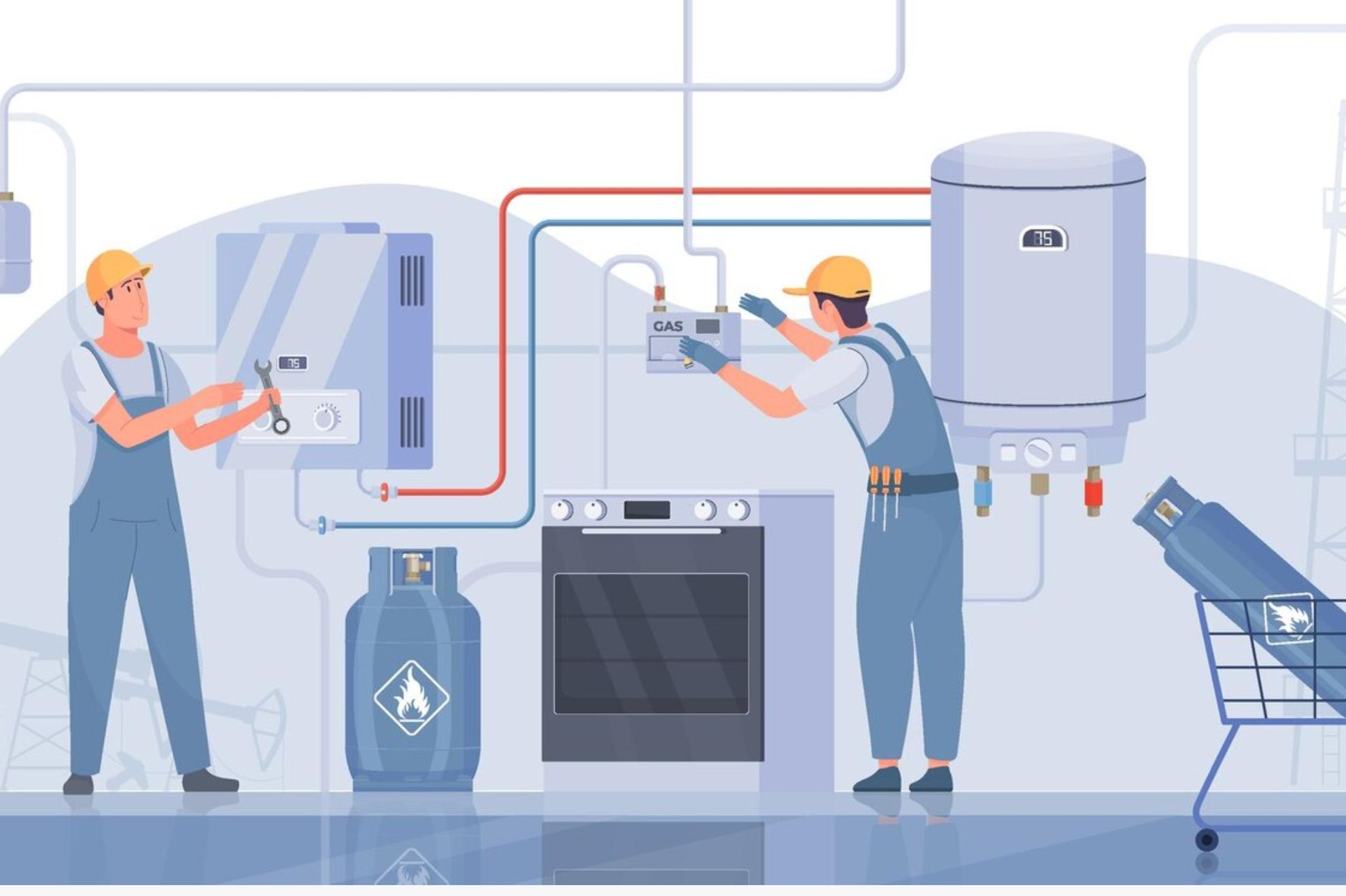A gas detector, which is frequently a component of a safety system, is a device that detects the presence of gases in an area. Gas detectors in the vicinity of the leak can alert operators to evacuate. Numerous gases have the potential to be dangerous to organic life, including humans and animals, which makes this kind of equipment crucial. Unquestionably a combustible gas detector, an open-path gas detector, and an IR gas detector are some of the major gas detectors.
Additionally, oxygen depletion and poisonous, flammable, and combustible gases can all be found with gas detectors. Industries frequently employ this type of equipment to monitor the production processes and innovative technologies, including photovoltaics. The use of this item extends beyond oil rigs and is valuable for fire prevention and control.
Gas leak detectors, also known as sniffers, are the type of gas detectors that help detect leaks in small, enclosed areas. In the same way, the purpose of these tools is to identify gas leaks in leaking pipelines. Apart from their sensors, gas leak detector features help them find out the leakage from pipelines.
How does a gas detector work?
An alarm will go off if the detection level for hazardous gas is high according to the scale’s capabilities. A system of gas detectors installed in large-scale facilities such as factories and apartment buildings set off a safety protocol upon activation of any single alarm.
Likewise, different types of gases necessitate distinct operating systems in gas detectors.
Types of gas detectors:
- Combustible Gas Detector: SGOES is a type of combustible gas detector that monitors hydrogen gas concentrations in the environment. The device activates alarms once the gas concentrations in the surroundings, individually measured and denoted as a percentage of the lower explosive limit (LEL), attain their designated thresholds. Eventually, its sensor measures the amount of infrared light (IR) that hydrocarbons absorb to identify and quantify their presence. Also, effective in the oil and gas industry and other where it is essential to keep track of hydrocarbon concentrations. Likewise, an internal heater will turn on in applications where condensation is possible to guard against damage.
- Open-Path Gas Detector: The internal components of TGAES, are its electronics and optics, are kept dry and free from condensation because of its two in-built heaters. The self-check mechanism will keep you informed if it identifies any blockages in the optical path or problems with the circuit’s structural integrity. This line-of-sight gas detector (LOS) has several outputs by default. For dependable communication, you can connect it to your system by embedded or external HART communication, RS485 relays, 4-20 mA, or both.
- IR Gas Detector: With on-site, non-intrusive calibration via a local display or a hand-held HART device, the SSS-903 facilitates a smooth and easy calibration procedure. Certainly, it can retain calibration records and diagnostics thanks to the event log that kept in onboard memory. The SSS Transmitter functions as a single-channel threshold device. On a global scale, displaying the gas signal intensities received from connected gas sensors. Three threshold relays, one “fault” relay, a digital output (RS-485). And an analogue output (4–20 mA) are the output signals available on the transmitter SSS. Hence, the material used in the construction of transmission of the SSS body are aluminum or stainless steel (SS NUM0).
FAQs
- Which gases are detectable by a gas detector?
Oxygen depletion and poisonous, flammable, and combustible gases can all be found with gas detectors. The most frequent gases that analyzers track are water (H2O), carbon monoxide (CO), oxygen (O2), volatile organic compounds (VOCs).
- A gas detector: what is it?
A gas detector is a fixed or portable instrument that is frequently utilized in conjunction with safety systems to identify the existence of gases in the atmosphere. As a result, depending on the desired use, you can acquire various devices. With various sensors to detect and monitor a variety of gases.
- Which ESP safety gas detector is suitable for my applications?
We provide a large selection of combustible gas detectors, open-path gas detectors, and IR gas detectors. A one-on-one session with one of our specialists is the best method to determine which model is appropriate for you.
- How can I tell whether I’m using my gas detectors correctly?
It is impossible to determine whether gas detectors fulfil their intended function without knowing how they are used. Undoubtedly, to know when to step in and put an end to risky activity, you also need visibility. Which alarms are going off, where are they going off, and for whom? So, finding these patterns is essential, but using manual, antiquated instruments might make it all but impossible.
- Why should I buy gas detectors from ESP Safety?
Moreover, we provide you with a range of gas detectors; every type has its features and is beneficial for detecting gas. Connect with us, and we will guide you to buy one of the best gas detectors for your company.
